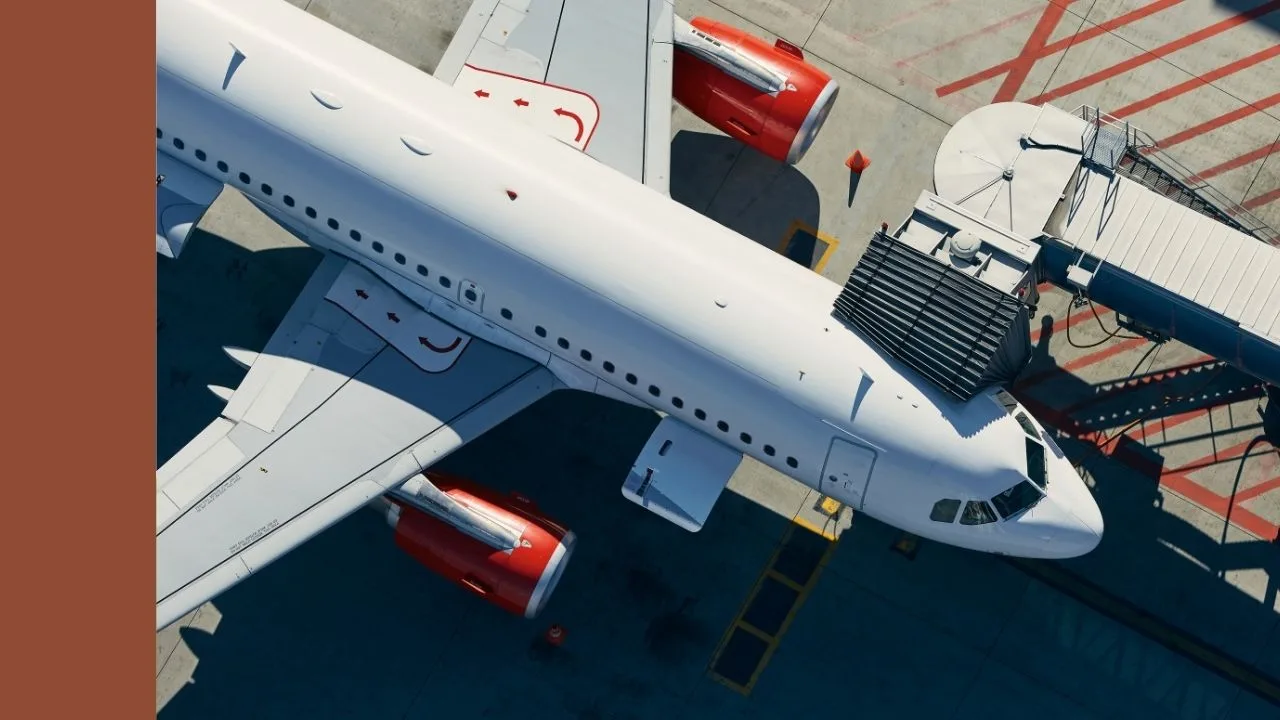Dividend income is one option worth considering for a steady income stream in a low rate environment. Is the BetaShares S&P 500 Yield Maximiser Fund (ASX: UMAX) the best dividend ETF?
What Are ETFs?
Exchange-traded funds or ETFs are investment funds that are listed on a stock exchange and provide exposure to a range of shares or assets with one purchase.
This Rask Finance video explains ETFs:
BetaShares S&P 500 Yield Maximiser
The BetaShares S&P 500 Yield Maximiser, or UMAX, is an ASX-listed ETF that holds the companies in the S&P 500 but aims to provide a greater dividend return than what would normally be received.
The fund is actively managed and invests in all of the usual large US companies like Microsoft Corp (NASDAQ: MSFT), Apple Inc (NASDAQ: AAPL), and Amazon.com Inc (NASDAQ: AMZN).
Over the last five years, the UMAX ETF has returned 12.14% per year after fees. The 12-month trailing dividend yield at 31st August 2019 was 5.4%, far above the regular dividend return from the S&P 500. So, how do they do it?
Maximising Dividends
The UMAX ETF pays out the dividends received from the companies in the portfolio, but they also sell call options on the underlying holdings. Basically, a call option is the right to buy an underlying asset at a given price.
The UMAX ETF sells these call options for a premium which can be paid out to shareholders along with the dividends to increase the dividend yield. The video below explains options in more detail.
The effect of this strategy is an increase in dividend yield and a decrease in volatility. The call option premiums also provide a partial hedge against a falling market. This strategy is expected to outperform the S&P 500 in falling, flat, or gradually rising markets.
Fees And Risks
The UMAX ETF charges a management fee of 0.79% per year, which is fairly typical for a managed fund.
There are all the usual risks associated with an S&P 500 ETF, but the call options add some extra risks to this portfolio. For example, in a rapidly rising market, the call options that the fund sells will be exercised, forcing the ETF to sell for a price lower than the current market price. The result is a reduced potential for large capital gains, which is somewhat offset by the greater stability of the ETF.
My Take
This is an interesting ETF and one of the more creative ways of creating stable dividend income. The UMAX ETF does sacrifice some capital gains in a rapidly rising market, so it may not be suitable for investors who are looking for growth. However, if you’re just looking for dividends this may be worth considering. Options can be complex though, so make sure you fully understand what you’re investing in before you buy.
For our number one ETF pick, have a look at the free report below.
[ls_content_block id=”14948″ para=”paragraphs”]
Disclosure: At the time of writing, Max does not own have a financial interest in any of the companies mentioned.










